

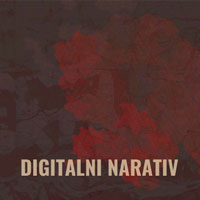
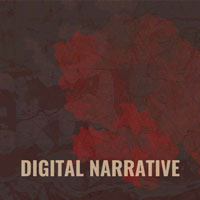 The Humanitarian Law Center (HLC) published its fifth digital narrative, “Crimes against Croats in Vojvodina”. The narrative is created on the basis of an Dossier, which HLC publicly presented in January 2019.
The Humanitarian Law Center (HLC) published its fifth digital narrative, “Crimes against Croats in Vojvodina”. The narrative is created on the basis of an Dossier, which HLC publicly presented in January 2019.
In the period 1991-1995, in the territory of the Autonomous Province of Vojvodina, there was a campaign of pressure and intimidation directed against the Croatian population, with the aim to force them to leave their homes, and Serbia as well. The campaign, the intensity of which varied, reaching its highest peaks in the second half of 1991, from spring to autumn 1992, and in the summer of 1995, resulted in the expulsion of several tens of thousands of Croats from Vojvodina. Violence against Croats in Vojvodina included attacks on their private property and religious buildings, as well as threats, physical attacks and murders.
During the 1990s, the Humanitarian Law Center continuously collected statements and reported on the pressures to which the Croatian population in Serbia was exposed. Part of that archive has now been made available to the public.
The digital narrative is available at the following link.
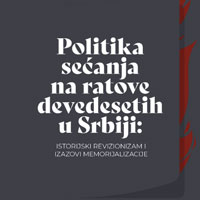
 Since 2012, when the Serbian Progressive Party came to power, the wars of the 1990s became the focal point of the official memory politics and crucial for the political legitimacy of the SNS government. The populist discourse of the return of the national pride is central to state-sponsored memory work, arguing that the previous governments and international community coerced the Serbian nation to feel ashamed about its heroes and victims of the 1990s wars. The current regime uses the fact that the previous governments did not focus on the 1990s in their memory politics as a demarcation line and source of legitimacy. Because of the SNS and their political allies, the Serbian people are finally allowed and able, as the dominant narrative claims, to remember their heroes and victims with pride. The government builds its political legitimacy on its commitment to the industry of memory, which involves large-scale commemorations, usage of media technologies, cultural production and new ways of disseminating the dominant narratives.
Since 2012, when the Serbian Progressive Party came to power, the wars of the 1990s became the focal point of the official memory politics and crucial for the political legitimacy of the SNS government. The populist discourse of the return of the national pride is central to state-sponsored memory work, arguing that the previous governments and international community coerced the Serbian nation to feel ashamed about its heroes and victims of the 1990s wars. The current regime uses the fact that the previous governments did not focus on the 1990s in their memory politics as a demarcation line and source of legitimacy. Because of the SNS and their political allies, the Serbian people are finally allowed and able, as the dominant narrative claims, to remember their heroes and victims with pride. The government builds its political legitimacy on its commitment to the industry of memory, which involves large-scale commemorations, usage of media technologies, cultural production and new ways of disseminating the dominant narratives.
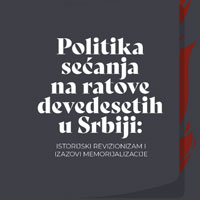
 Humanitarian Law Center invites you to attend the discussion “Memory politics of the 1990s Wars in Serbia: Historical Revisionism and Challenges of Memory Activism” and the promotion of the same-titled publication by the HLC. The discussion will take place on Tuesday, 26 October 2021, at 18:00 in the Great Hall of the Media Center in Belgrade (Terazije 3, II floor), with live stream on our Facebook page. Simultaneous translation into English provided for attendances in the Media Center.
Humanitarian Law Center invites you to attend the discussion “Memory politics of the 1990s Wars in Serbia: Historical Revisionism and Challenges of Memory Activism” and the promotion of the same-titled publication by the HLC. The discussion will take place on Tuesday, 26 October 2021, at 18:00 in the Great Hall of the Media Center in Belgrade (Terazije 3, II floor), with live stream on our Facebook page. Simultaneous translation into English provided for attendances in the Media Center.
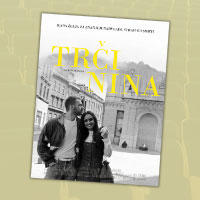
Sorry, this entry is only available in srpski.

 A six-day social network campaign to commemorate civilians who perished during and in the aftermath of “Operation Storm” in the summer of 1995 will be launched on August 4th, 2021.
A six-day social network campaign to commemorate civilians who perished during and in the aftermath of “Operation Storm” in the summer of 1995 will be launched on August 4th, 2021.
The campaign, based on the video excerpts from the interactive narrative “Storm in The Hague” produced by SENSE, will be managed by SENSE – Center for Transitional Justice, Serb National Council, Documenta – Center for Dealing with the Past, and Humanitarian Law Center (Serbia). A number of other civil society organizations from the region will join.
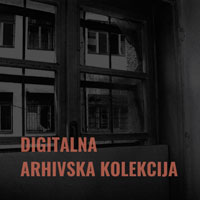
Th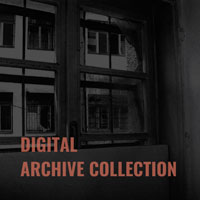 e Humanitarian Law Center (HLC) presents the first digital archive collection “Crimes in Foča in 1992”.
e Humanitarian Law Center (HLC) presents the first digital archive collection “Crimes in Foča in 1992”.
The digital collection contains judgments, videos, exhibits and other materials collected from court databases and the HLC archives. The aim of the collection is to present and document in a comprehensive way the war crimes against the Bosniak population of Foča committed at the beginning of the war in Bosnia and Herzegovina.
When Foča fell under Serb forces’ control at the end of April 1992, members of the forces arrested non-Serb civilians and took them to detention facilities. A special target of the attack were Bosniak women and girls, many of whom were held in sexual slavery in several detention facilities, where they were raped, tortured and otherwise abused and humiliated.

On the occasion of the 26th anniversary of the execution of captured Srebrenica men at the Branjevo military farm, the Humanitarian Law Center (HLC) presents its fourth digital narrative “10th Sabotage Detachment”. The narrative is created on the basis of a HLC Dossier: “10th Sabotage Detachment of the Main Staff of the Army of Republika Srpska” that was publicly presented in 2011.
The 10th Sabotage Detachment, a unit of the Main Staff of the Army of Republika Srpska, participated in the commission of Srebrenica genocide in July 1995. As far as is known, members of the 10th Sabotage Detachment took part in two mass executions of Bosniak men from Srebrenica in July 1995 – the one at the Branjevo military farm on 16 July, in which about 1,200 captured Bosniaks from Srebrenica were killed, and the one in the village of Bišina on 23 July 1995, in which at least 39 prisoners were killed.
The digital narrative contains a description of the events in question, a number of survivors’ accounts, numerous documents that clearly suggest that members of the 10th sabotage detachment were responsible for these events, and several court judgments that confirm their responsibility.
The digital narrative is available at the following link.
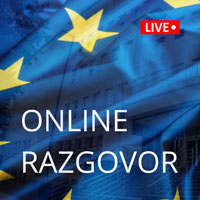
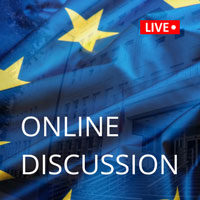 The Humanitarian Law Center (HLC) invites you to a discussion “War Crimes Trials in the Context of Serbia’s Accession to the European Union”, during which a “Model Strategy for the Prosecuting of War Crimes Committed During and in Relation to the Armed Conflicts in the Former Yugoslavia (Period: 2021-2026)” (Model Strategy), as well as the analysis of the results achieved during the implementation of the National Strategy for War Crimes Prosecution (2016-2020) will be presented.
The Humanitarian Law Center (HLC) invites you to a discussion “War Crimes Trials in the Context of Serbia’s Accession to the European Union”, during which a “Model Strategy for the Prosecuting of War Crimes Committed During and in Relation to the Armed Conflicts in the Former Yugoslavia (Period: 2021-2026)” (Model Strategy), as well as the analysis of the results achieved during the implementation of the National Strategy for War Crimes Prosecution (2016-2020) will be presented.
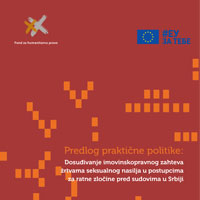
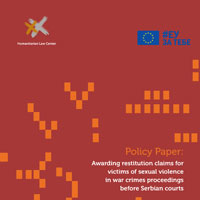 An associated action for restitution constitutes a claim for the compensation of damages, recovery of property or the annulment of a legal transaction arising from the commission of a criminal offence.
An associated action for restitution constitutes a claim for the compensation of damages, recovery of property or the annulment of a legal transaction arising from the commission of a criminal offence.
In criminal proceedings, the injured party may file an associated action for damages starting from the investigation stage until the end of the main hearing and the claim shall be decided by the court unless it would delay the proceedings.
Although awarding this claim has been laid down as a rule in the Criminal Code of the Republic of Serbia, the courts in the Republic of Serbia have been interpreting this legal provision as an exception. Namely, ever since 2003, from which time specialized court divisions handling solely war crime trials have been in existence, not a single war crime victim has been awarded damages in associated action during the criminal proceedings, but they have been referred to exercise their right to compensation in civil action.